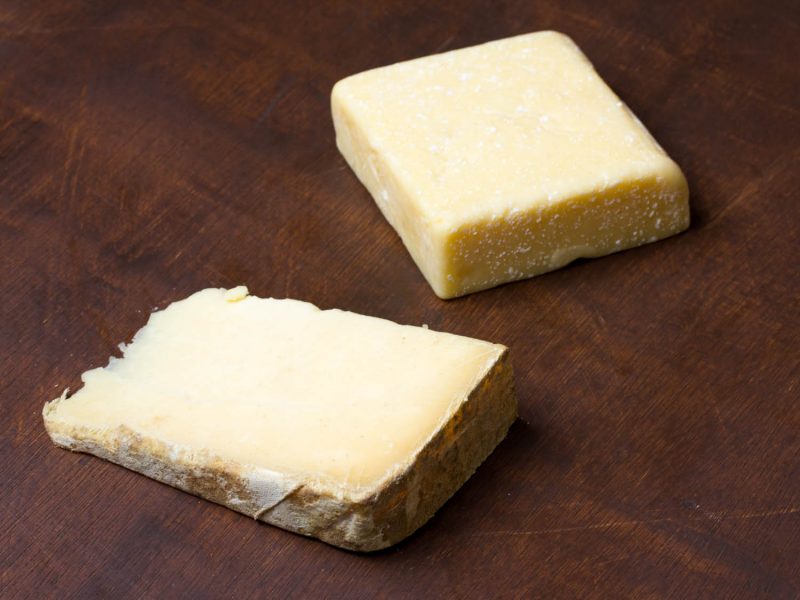The history of cheese has a huge number of varieties of this product, and each of them has an original taste and unique “biography”. A real gourmet treat is Cheddar cheese, considered a traditional English product. What is remarkable about this cheese and what is its difference from "brothers"?
Material Content:
Cheddar Cheese: History and Production Technology
Cheddar belongs to the category of hard cheeses. Today its production is established in all countries of Europe.
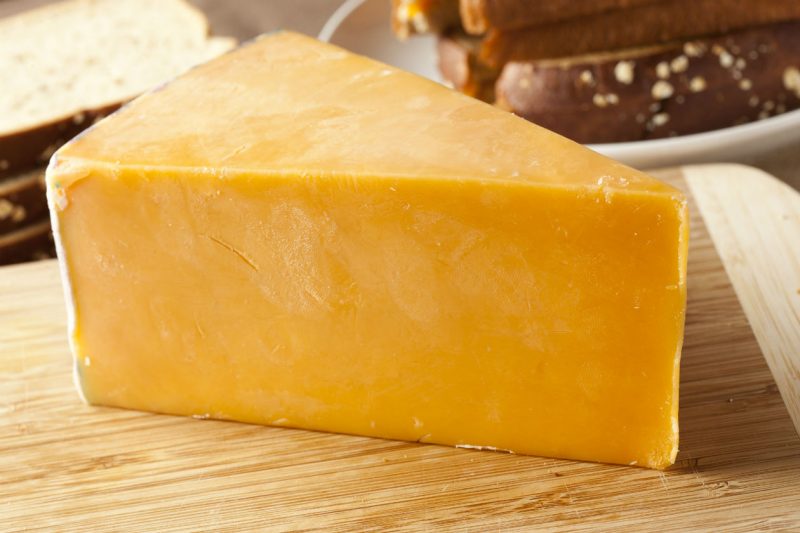
Reliable information on the origin of Cheddar cheese has not been received.
Nevertheless, there are several hypotheses for the appearance of this delicacy:
- The first cheese, similar in taste to Cheddar, was brought to England by the Romans living in France.
- In the 17th century, the English king Charles 1 acquired cheese in a small village called Cheddar. Local caves provided the product with ideal conditions for ripening. Since then, cheese has enjoyed unprecedented popularity and has “appropriated” the name of that same village.
- Modern, traditional English cheese owes its appearance to Joseph Harding, a milkman from the Somerset county who lived in the 19th century. Based on technical developments, he improved the cheese making system. Such a move has increased the income from the sale of the product fourfold.
Classic Cheddar is classified as a cheese produced in a traditional extruded way. It should be noted that variations in product preparation in different countries may vary.The best quality are still considered samples of English origin.
Cheese ripening times may also vary. So, for the preparation of a young product, it will take three months, medium-mature - 6 months, “adult” - 9 months, extra - 15 months, vintage - 1.5 years.
In industrial production, Cheddar is kept in storage. Here, the optimum temperature and humidity are artificially maintained. The degree of severity of the cheese depends on the duration of exposure. So, the product, which has settled out for a longer period, at the output is more dense and sharp.
Interesting Facts

In addition to its original taste, Cheddar cheese is impressive in size. Even the middle head of this cheese can hardly be called small, since it weighs about 25-30 kg. History knows cases when craftsmen created truly gigantic products. Ontario is considered the record holder in this regard - at the beginning of the 20th century, local craftsmen prepared the head of Cheddar weighing 3175 kg, and after 30 years another one weighing almost 10 tons. But he surpassed everyone, of course, the giant from New York. Put on public display at the World Fair in 1964, it weighed 16 tons. In the process of its preparation, milk from 16,000 cows was used.
Taste characteristics of cheddar cheese

Cheddar is distinguished by a yellowish tint, however, in color, it can also resemble ivory. The taste characteristics of British delicacies are distinguished by a nutty flavor (it can be sour, slightly spicy).
Composition, calories and nutritional value
This product is considered high-calorie: 392 kcal per 100 g of product.
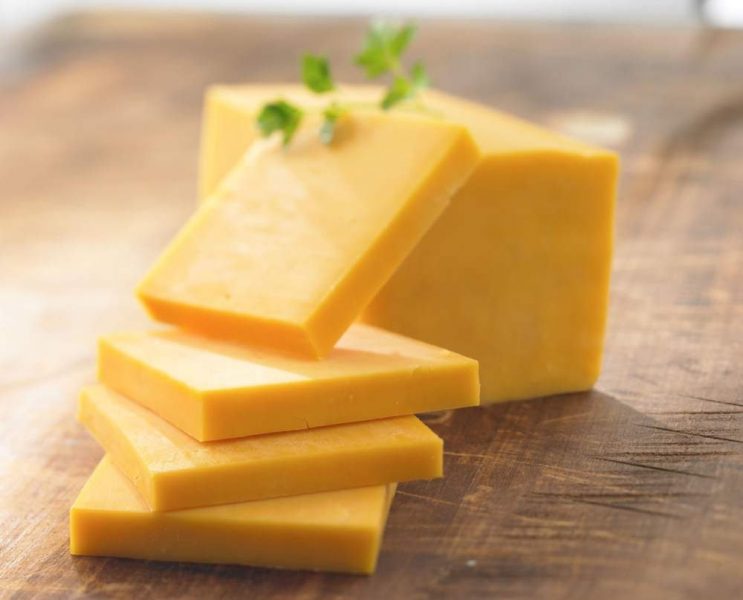
The nutritional value of cheese is:
- proteins - 23 g
- fats - 32 g
- carbohydrates - 1.3 g.
Also in the composition of the goodies include:
- amino acids;
- vitamins A, PP, B1, B2, B5, B6, B9, B12, E;
- Minerals: magnesium, potassium, copper, phosphorus, zinc.
How can I replace cheddar cheese
What can replace cheddar cheese with?

If it is not possible to buy it, then the following replacement options are acceptable:
- For a snack. Dutch cheeses "Gouda", "Mazdamer".
- As ingredients for soup, Parmesan and Gruyeres are suitable.
- Surfilli goes well with toast.
- Another equivalent to Cheddar is the notorious Montmartre.
Benefits and harm to the body
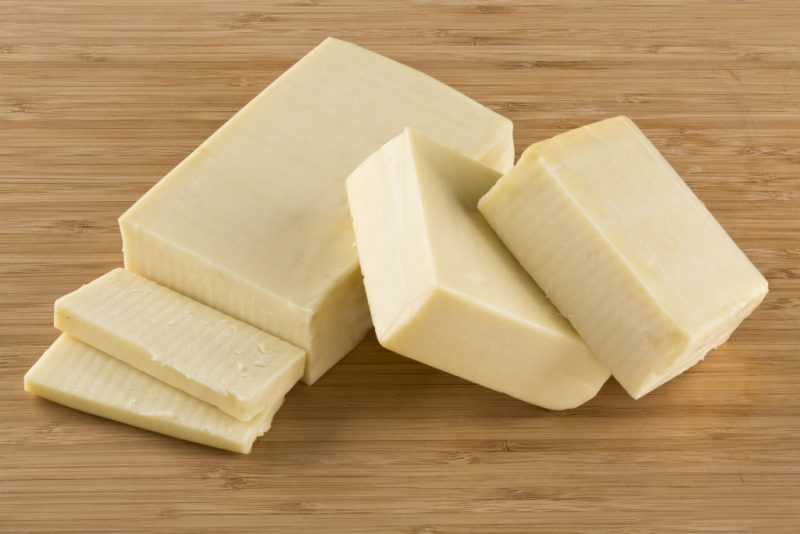
The beneficial effect of Cheddar on the body is due to the rich component composition of the product:
- Vitamin B. Normalizes the functionality of the nervous system, improves metabolism.
- Calcium. Helps strengthen bones and teeth.
- Magnesium. Contributes to the improvement of the cardiovascular system.
By the way. Due to the high concentration of protein, Cheder helps the body quickly restore strength and energy. In reasonable quantities, the product is useful for younger children and people involved in sports.
The main advantages of using this type of cheese are:
- reduced risk of heart disease;
- stabilization of pressure indicators;
- strengthening immunity;
- vision improvement.
However, eating cheese in some situations can be harmful.

To avoid negative consequences, you should pay attention to contraindications to the use of goodies:
- Cheddar is not recommended for people with heart and kidney pathologies.
- The product is also banned for people suffering from gastritis and colitis.
- With caution, Cheddar should be used by patients diagnosed with diabetes mellitus, since this product is considered high-calorie.
Cooking Cheddar Cheese
Cheddar Cheese is an almost universal food product that goes well with various food ingredients. This delicacy is popular among culinary experts and leaves the basis for many delicious dishes.

Melted Cheddar provides bread with a unique taste and makes the appearance of the finished dish more attractive. The product is considered an ideal ingredient for pizza, sandwiches or toasts.
Grated Cheddar gives the ready-made sauces viscosity, and therefore is often used in the preparation of fondue.
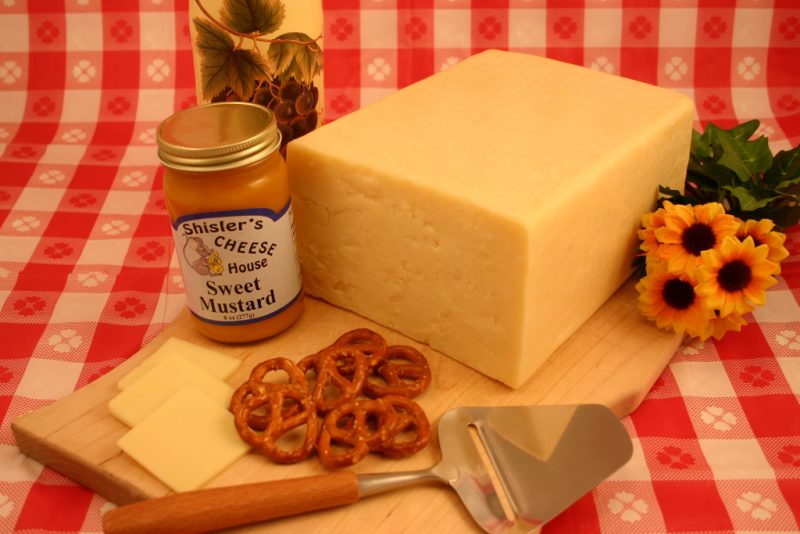
Added to the composition of soups, this cheese gives them a great aroma and exquisite taste.
How to choose and store the product
The basic rule for choosing English cheese is: Cheddar has a dense, homogeneous pulp, without holes (!). The original Englishman leaves a unique nutty aftertaste, sometimes gives sourness. The unpleasant smack of soap or the stickiness of the cheese indicates its low quality, which has nothing to do with Cheddar.

Attention! The whole head of Cheddar cheese has a cylindrical shape and a waxy (sometimes oily) crust.
A sliced piece of cheese is stored in parchment. A refrigerator is used for storage (from 0 to 8 degrees). The paper wrap of cheese should be changed once every 2-3 days (the same rule applies to a piece wrapped in foil). Store Cheddar should not be longer than 7-10 days.
Tip. It’s easy to preserve the flavor of Cheddar, just don’t mix it with other cheeses. To protect the sliced piece of cheese from absorbing excess moisture will help a piece of sugar, located next to the Cheddar.
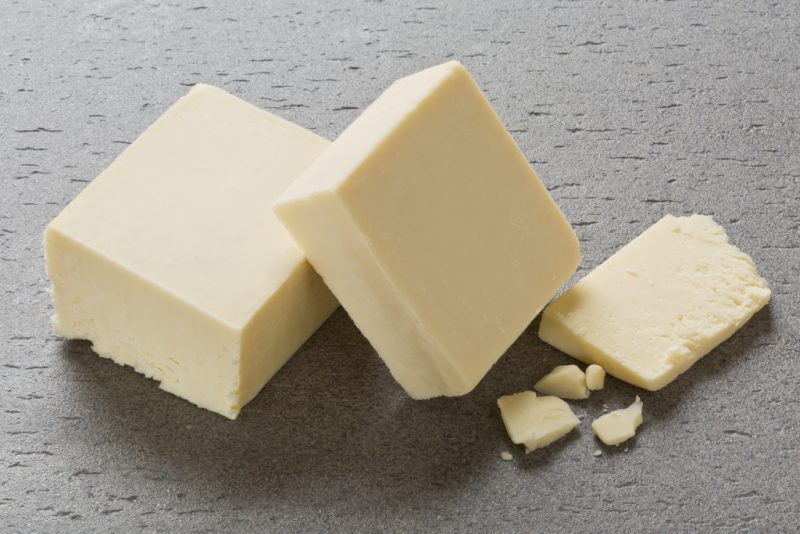
Cheddar English hard cheese has rightfully earned the title of one of the most delicious and fragrant dairy products. Subject to the correct selection and storage of this cheese, the real "cheese lovers" will be guaranteed incomparable gastronomic pleasure. Do not also discount the benefits of English cheese - eating Cheddar in the most favorable way affects the state of human health.


